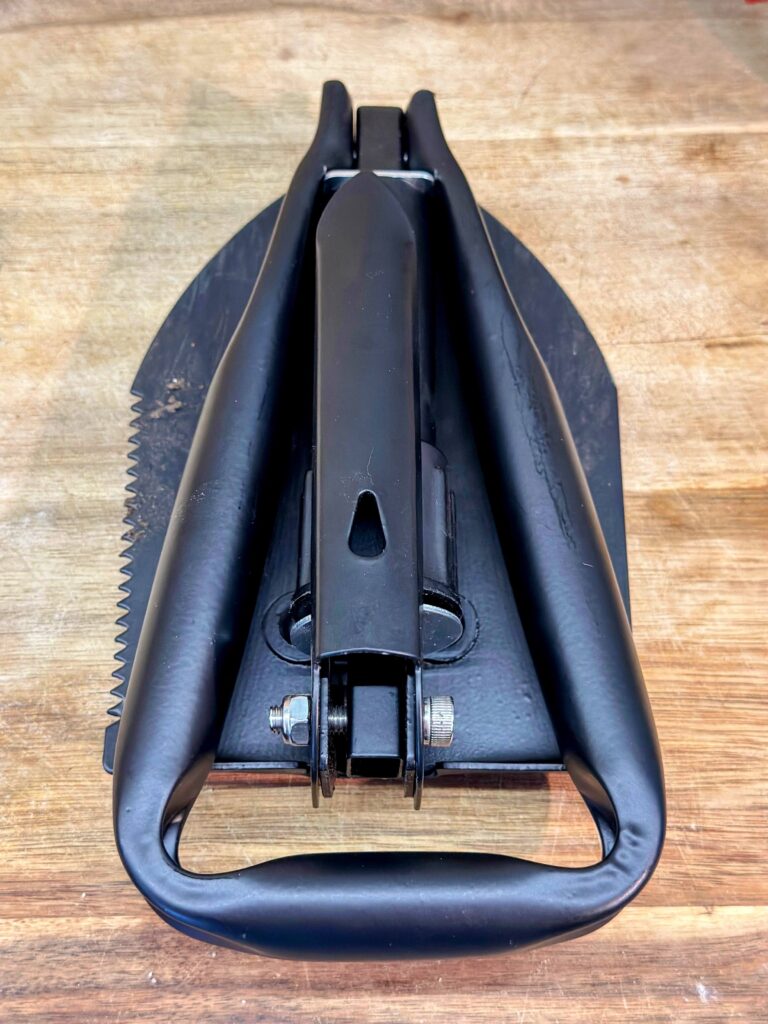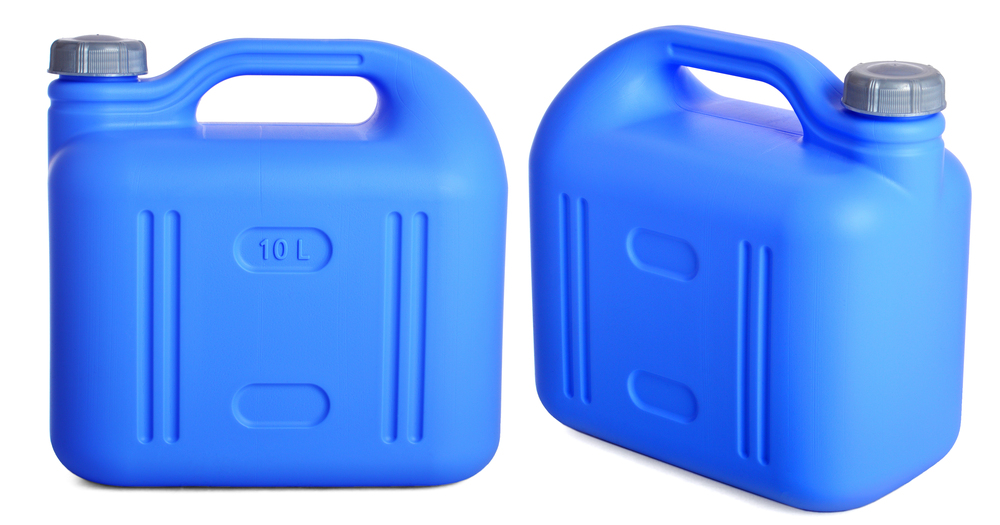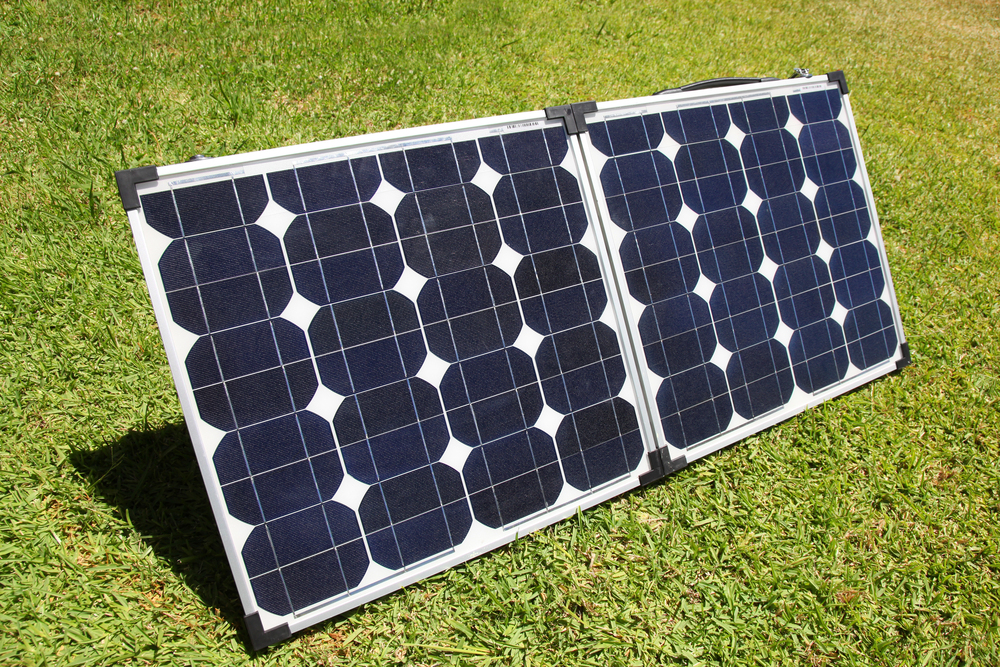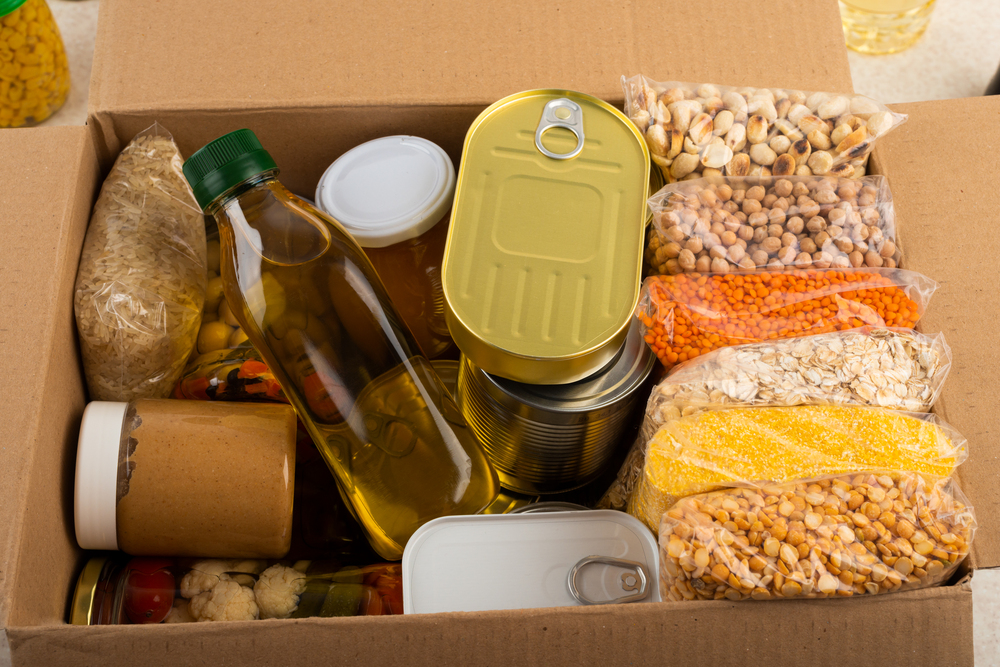There’s a lot of talk in the prepper community about what to do when the SHTF. People talk about storing beans and bullets, people talk about survival gardens, power, communication…but one thing I don’t see discussed a lot is where everyone’s going to go to the bathroom. As a parent of 3, I have spent a lot of time looking for places for my kids to go potty. This will not change when the grid goes down. That is why I am here to tell you about the 10 best off-grid bathroom ideas to ensure that after the grid goes down, life doesn’t stink too badly.
Some of these ideas are useful for when you’re bugging in, and others are useful for when you’re bugging out.
Either way, when you gotta go, you gotta go. And the problem is, if the grid goes down, and you are on city sewer, the sewage plants will run out of power and cease operation. Also, without power, the pumps on your system will stop working and you will not have any more water to flush with.
One of your immediate problems will be the risk of sewage backing up and flooding your house, which can cause all kinds of nasty health problems, and smell terrible, and potentially make your house unsafe to live in. It is worth the investment to have a contractor install an interior or exterior backflow device at your house. It’s worth doing even if you have are on a septic system, because the sewage could still back up in the event of a flood.
If you have a septic tank, and a generator to keep your pump working, you’ve got some more time – basically, until the generator runs out.
Keep in mind, in a grid-down situation, it may not be safe to use the generator because of the noise that most generators make, unless you use a relatively quiet solar-powered generator. If most people are without power, you don’t want to advertise that you do have power.
Septic tanks generally need to be emptied every two to three years. It’s a good idea to stay on top of this. I actually try to get mine emptied yearly.
The Risks Of Raw Sewage
There are many, many health risks that come from being exposed to human waste, and even worse, in a grid-down scenario, it is unlikely you’d have access to a doctor or hospital with life-saving medication.
Raw sewage carries the risk of multiple diseases, such as giardiasis, salmonella, dysentery, cholera, gastroenteritis (stomach flu), and typhoid.
In a situation where flush toilets are no longer accessible, there will be an increased risk of sewage getting into groundwater that you drink or use to water your garden. The risk comes not just from you and your family, but from overflowing sewers from the houses around you.
Before we get to my list of 10 best off-grid bathroom ideas, let’s talk about toilet paper. Yes, stockpiling toilet paper is a great idea, but at some point it’s going to run out. I have a large stash of wash-clothes, and if we run out of toilet paper, each family member will be wiping with their own personal wash-clothes. We will wash them out after each use, and will of course keep them separate and not use each other’s butt-wipes.
Off-Grid Toilet Ideas If You’re Bugging In
1.) Composting Toilets. Your absolute best bet would be to have composting toilets installed in your house before the grid goes down. Composting toilets have many benefits, even if SHTF never happens. They reduce household use of water by up to 60 percent and they are a great way to be more environmentally friendly.
Composting toilets do not require water to flush. There are numerous types of composting toilets, and you can search online for a company near you that will install them. Sun-Mar is a popular manufacturer of numerous models of composting toilets. Some of them require electricity, which is obviously not what we’re looking for in an off-grid toilet.
Composting toilets have a urine diverter, which separates the solids and the liquids and helps reduce smell. You will need to regularly add sawdust or a peat moss-wood shaving mixture. This helps the solids break down into harmless waste products. You can purchase those commercially, but obviously in a grid-down scenario, eventually you’d run out of the commercial mix and have to use your own.
A compost toilet need to be regularly emptied out, anywhere from two weeks to a couple of months, depending on the size of the toilet and how many people are using it.
You would not actually use the compost on your garden, even though technically it’s supposed to be safe once it’s sufficiently broken down. I wouldn’t risk it. Dispose of the composted waste as far from your house, and water sources, as possible.
2.) Outhouse
They’re not glamorous, and they smell worse than composting toilets, but people have been using various versions of outhouses for hundreds of years. Advantages of outhouses are they don’t rely on electricity or water to flush them. Disadvantages of outhouses are that they smell bad, and it is miserable to use them in bad weather, and in a post-apocalyptic world, sometimes it may not be safe to leave the house.
If you want an outhouse, unless you’re very handy, get one professionally installed to ensure that it’s not going to contaminate well water or any other water sources. There are different regulations on their installation depending on where you live. Obviously, if it’s TEOTWAWKI, nobody’s going to be doing code enforcement, but we’re not there yet, so if you get an outhouse before the world collapses, make sure you’re following the local laws.
3.) Incinerating Toilet. These burn human waste to ash by incinerating them. Like composting toilets, there are numerous commercial models. Some of them are electric powered, some of them are gas powered. If you had solar panels or some other form of renewable energy, you would be able to run the incinerator, and it doesn’t rely on water, so that’s an advantage.
4.) Biogas Toilet. The biogas toilet does not rely on electricity and does not require pressurized water. The human waste is diverted to an anaerobic (without oxygen) environment, where it breaks down. This creates a renewable and clean source of gas that you can use in your kitchen. Crazy, right? There are various commercial models available, some costing as little as $1400.
5.) Chamber pot. You can buy chamber pots in lots of places, including online. Some of them are very pretty. This is what people did for many hundreds of years before the use of indoor toilets became widespread. They’re not uncommon even today, for people who need to use the restroom frequently overnight, and who don’t want to have to make their way through the house in the dark. You would need to have a toilet brush – preferably you’d buy a bunch of them, cheaply before SHTF – and bleach or some other method of cleaning it. In a long-term TEOTWAWKI scenario, you might eventually run out of commercial cleansers and have to scrub the chamber pot out with dirt. Ancient people used to cleanse themselves by scrubbing with gritty dirt or sand.
6.) Commodes. If you’ve ever been in a nursing home, you’ve seen a commode. They have buckets for waste that can be lifted out of the commode. You would have to clean it after each use, again, using a scrub brush and bleach or commercial cleanser.
7.) Laveo Dry-Flush Toilet. These cost about $1k. They require rechargeable batteries, but those could be recharged with solar panels.
Off-Grid Toilet Ideas if You’re Bugging Out.
8.) Bucket Toilets.
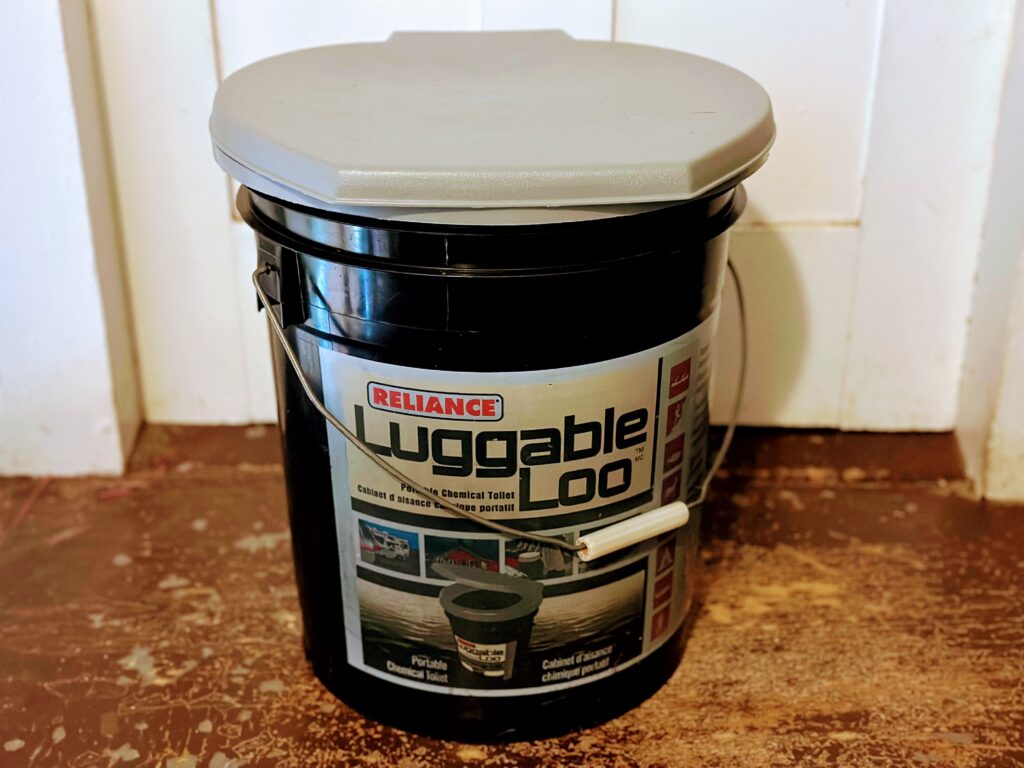
You can make your own off grid toilet by buying a five gallon bucket and a toilet seat, or you can buy bucket toilets online, or at outdoor camping stores. You will need liners for the toilets so that you can lift the waste out after you’ve gone to the bathroom. If you are bugging out, you can just leave the waste bag in a discreet location. If you are bugging in, and are forced to use bucket toilets because you can’t find any other options, you will need to dispose of the bags at least 100 feet away from any water source and from your garden and any food plants, and you will need to bury them as deeply as you can so that the bags don’t attract animals. You will, of course, want to regularly rinse the buckets out.
This is a good reason to buy a LOT of garbage bags/bucket liners. They are relatively inexpensive now. You might need them to last you for a long, long time into the future.
9.) Sawdust toilet. This doesn’t require much effort. Dig a hole in the ground and sprinkle in sawdust to conceal odor. Use the hole in the ground to go to the bathroom, and add more sawdust on top to prevent odor. Again, if you are at home or near residences, keep away from water sources and gardens.
10.) Camp shovel to dig your own toilet if you’re bugging out in the woods. I’ve included a picture of my folding camping shovel with this post. You can get them very inexpensively, and dig a hole in the ground to make an emergency toilet in the woods…or your back yard, if you have to. Not ideal, but what about the apocalypse IS ideal? (Well, I can think of a few things, but…) The camp shovel weighs about two pounds and I have one in my car. If I had to bug out, I would stick it in my bug-out bag. It’s not the lightest piece of equipment, and if I had to ditch it, I would, but I’d carry it as far as I could. (Things like water, food, first aid kit, extra clothes, and shelter would be my top priorities in a bug-out bag.)
